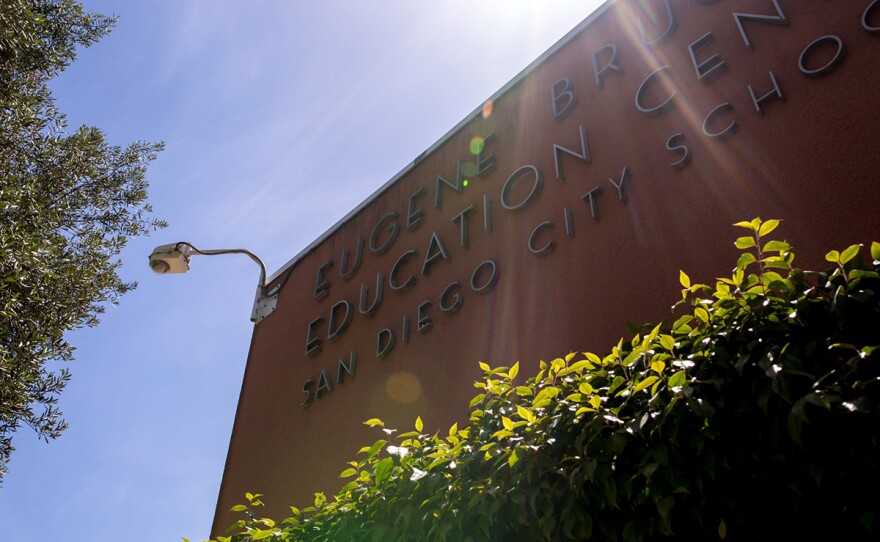Educators agree that distance learning is a poor substitute for in-class learning. But with the coronavirus pandemic leaving school buildings shuttered indefinitely, it’s the only option they have for the rest of the school year.
The question now facing districts across San Diego County is whether to extend distance learning through the summer to make up for lost instruction. Officials at the San Diego Unified School District say it’s the best way to mitigate the widening of achievement gaps during school closures.
“Students who are most likely to fall behind during distance learning are the most vulnerable students,” said Richard Barrera, San Diego Unified school board vice president. “However, what is also a certainty is doing nothing will widen those gaps more than doing something.”
But it would come with significant costs.
San Diego Unified estimates that extending distance learning through the summer would cost the district $52 million, or about $500 per student. The district has already spent about $19 million for distance learning.
Barrera hopes a combination of state and federal funding would cover the added costs.
“The primary cost is paying teachers and everybody who needs to be involved in delivering education,” Barrera said. “The question is, is some combination of state and federal funding going to allow us to do that?”
San Diego Unified’s teachers aren’t yet sold on the idea. Kisha Borden, president of San Diego Unified’s teachers union, said educators are exhausted and many of them already have summer jobs lined up.
“There’s a lot of hurdles that we’d have to overcome to even have a conversation about what’s feasible,” Borden said in a statement. “We’re always open to doing what’s best for students and educators, and we will work with the district to determine what’s realistic to minimize the impact of the pandemic on students.”
The issue is even thornier for districts and schools with year-round schedules. In the Chula Vista Elementary School District, for example, the summer break is only 6 weeks long and the school year starts in late July.
Chula Vista Elementary Spokesman Anthony Millican said the district would wait until the Governor’s revised budget in May to see if there’s funding available for summer instruction.
Susan Skala, the head of the teachers union in Chula Vista Elementary, said teachers need time to rest and prepare for the new school year.
“I hope that people can just sit back and kind of relax and regroup because this is really hard work,” she said. “Most of the people I’ve talked to have said they’re working harder and longer than they did when they were in the classroom.”







